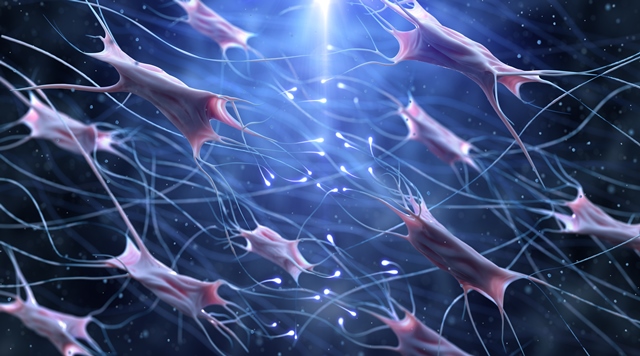Acute wounds and chronic wounds have different healing times. Acute wounds (burns, cuts, scratches etc.) heal faster (in around 2 to 4 weeks) than chronic wounds, chronic wounds average healing time being 210 days1, which is almost 7 months. However, chronic wounds are often related to an underlying disease such as diabetes, or venous or arterial insufficiency, which have to be treated at the same time.
The healing process can be broken down into 3 steps, each of which play an essential role In achieving wound healing.
The 3 healing phases:
1 / The cleaning phase
Immediately after the wound occurs, an important cellular mechanism is initiated. A process of “physiological” cleaning begins. The wound clears itself of devitalised, damaged tissue, which has become redundant in its protective role over the body. This inflammatory phase is even more marked in chronic wounds. The wound may be covered with a yellowish layer (fibrin) which requires the appropriate local treatment to remove the devitalised tissue.
2 / The granulation phase
The repair process then continues with this new step. The wound takes on a more granular appearance. In effect, a myriad of small “raspberry” formations, granulation buds appear, which will fill the wound gradually. Its red, shiny appearance is explained by the intensive production of collagen and the production of new blood vessels by the body. They will replace those destroyed.
3 / The epithelization phase
Little by little, starting at the edges, the wound, undergoing imperceptible contractions, finally closes. It looks drier. Finally, new skin, pinkish and thin to begin with forms gradually, until it covers the entire wound, to become a scar. The scar often stays lighter than the skin around it, until melanin-loaded cells, responsible for skin colour come into play months later, if at all. In the weeks following healing, the new epidermis should not be exposed to the sun at all.
DID YOU KNOW? Scars, fans of moisturisation
After the long process of reconstruction, the skin deserves to be spoiled a little. Keeping it out of the sun (SPF 50 at all times), scars like being moisturised. Daily application of a moisturising cream nourishes the skin and “relaxes” the scar. No need to press too hard. A repeated, light, circular movement until the cream is absorbed is enough to be able to get the beneficial effects.


